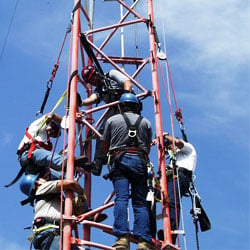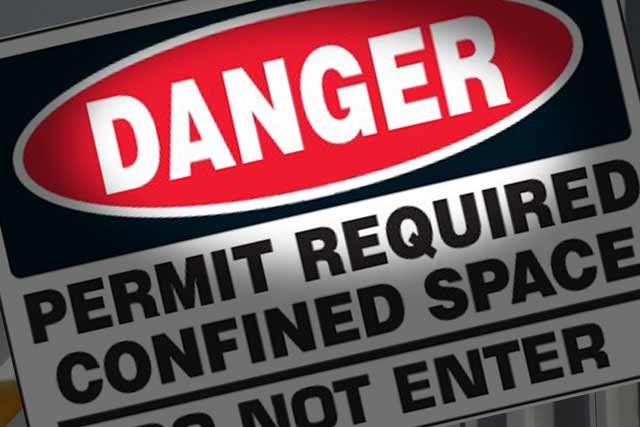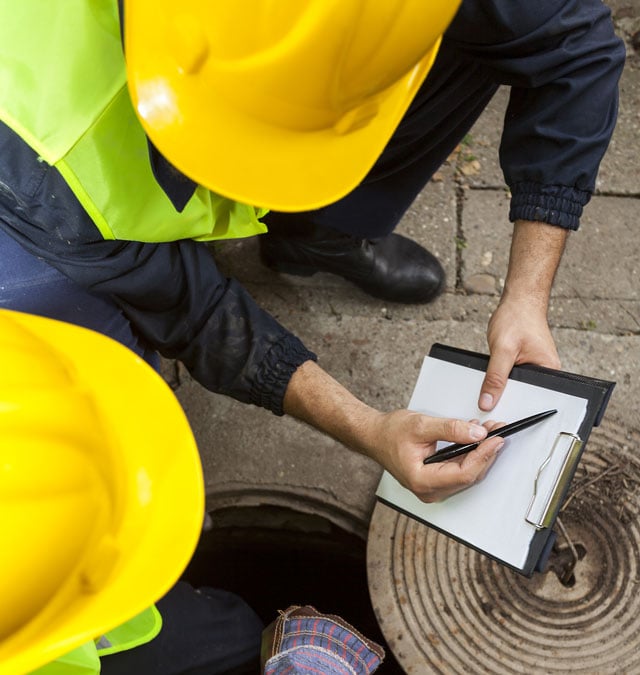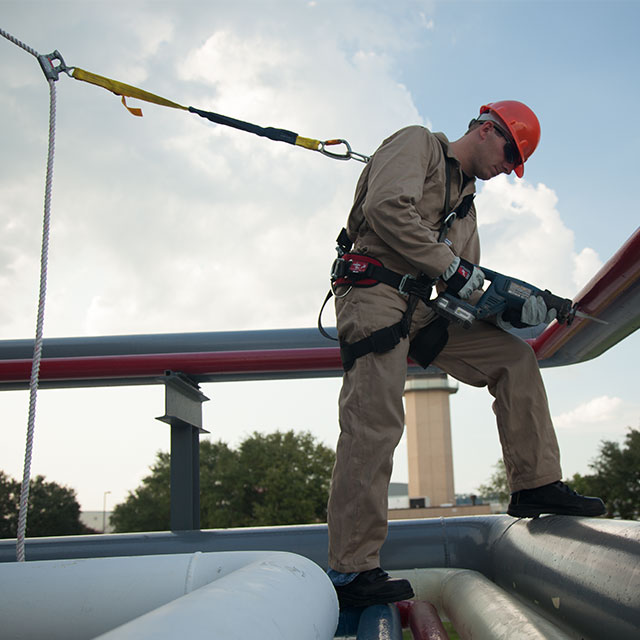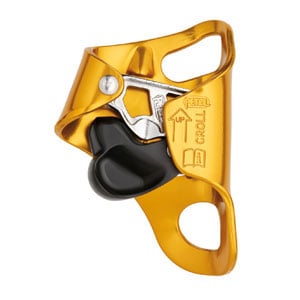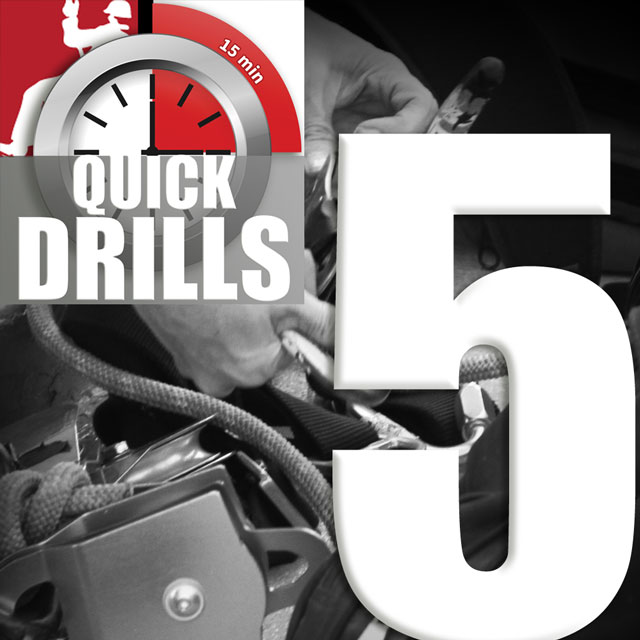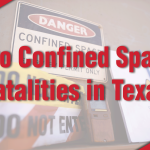Safety
July 8, 2015
Whether you’re a relatively new or a well-established Technical Search and Rescue (TSAR) organization, following an established Hazard Identification and Risk Assessment process is a great way to ensure you’re prepared for the “Big One.” The “Big One” is that incident where you’re called upon to deliver on the organizational investment of having a TSAR...
Read More
January 5, 2015
In January 2004, an explosion at the West Pharmaceutical Company in Kingston, NC killed 6 workers and injured 34 others. Two firefighters were injured during the response to the incident. One month later, an explosion and fire occurred at the CTA Acoustics manufacturing facility in Corbin, KY, killing 7 workers. In February 2008, an explosion...
Read More
November 25, 2014
OSHA’s final rule on confined spaces in construction is being reviewed by the Office of Information and Regulatory Affairs. The review is one of the final steps required before OSHA can formally publish the rule. OIRA, which is a branch of the White House’s Office of Management and Budget, received the rule for review on...
Read More
September 16, 2014
In a recent article in ASSE’s Professional Safety magazine, we found some very important points to consider for rescuers. Whether you are preparing for stand-by rescue operations, getting ready to enter an “abandoned in place” vessel, or just found the “perfect” retired vessel to use for your upcoming rescue training…proceed with caution! The article does...
Read More
July 31, 2014
The following article was featured in the June 2014 issue of ISHN, and authored by Roco Chief Instructor Pat Furr. As part of my safety consulting duties, I have seen many fall protection programs for a wide variety of industries. When I ask about an employer’s fall protection plan, it’s pretty scary to be told,...
Read More
July 2, 2014
Recently, we noticed a story in a leading safety and health magazine that questions the “two-piece, pass-through buckle” that is commonly used on many harnesses. The author, in fact, referred to it as a design flaw. However, we consider it more a matter of improper use than a design flaw. While he does identify some...
Read More
April 11, 2014
NFPA has posted more guides to prepare firefighters and other emergency responders for incidents involving electric vehicles (EVs). The guides are part of NFPA’s Electric Vehicle Safety Training project, through which the association works with automobile manufacturers to inform the fire service and other first responders as the use of EVs increases.
Read More
March 21, 2014
6-10-14 Update on Petzl CROLL Potential Safety Issues After Petzl met with their distributors regarding the Petzl CROLL (B16 & B16AAA) issue, they have provided us with the following statements: • Estimated devices that would potentially be exposed to this event is less than 1 in 100,000 devices produced. • The exposure was only documented...
Read More
February 18, 2014
Proficiency in the use of PPE is critical to the safety of rescuers. If you can’t protect yourself, you can’t save others! 1. Disassemble the major system components of SCBA and/or SAR system and place in a room in an unorganized pile. 2. Take groups or individual team members into the room and turn out...
Read More
February 11, 2014
As an emergency responder, it is important to have a good understanding of the dangers and precautions regarding hazardous chemicals. Whether you’re a member of an in-plant industrial team or a municipal fire department, chemical hazards are always a critical factor in emergency incidents. That’s why it’s imperative to identify any particularly hazardous chemicals in...
Read More


